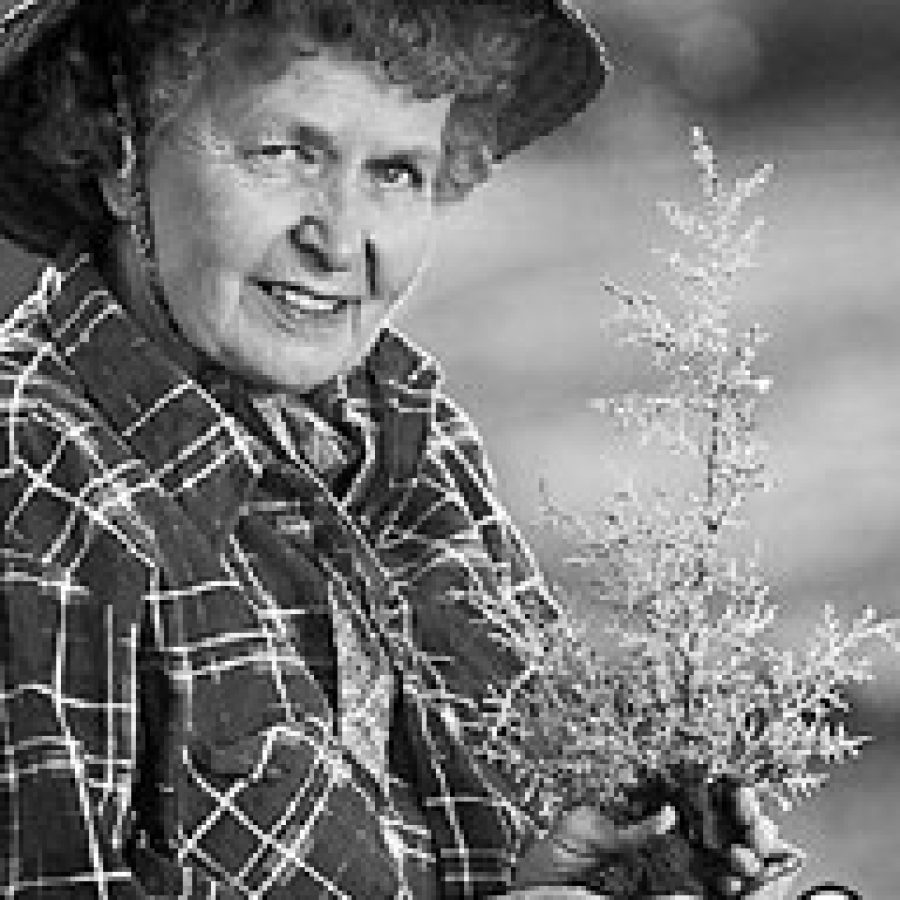From the arid climate of the Southwest to the variable conditions of the Northeast, many Americans relish a muddy workout among the marigolds and hyacinths.
Some turn to gardening as a form of exercise and emotional peace. However, for many of the 2 million Americans who suffer from rheumatoid arthritis, or RA, bending, stretching and gripping gardening tools can be painful.
RA is a progressive autoimmune disease that causes swelling and stiffening in the joints of the hands, feet and wrists. It strikes mostly women between the ages of 40 and 70 and can destroy the joints, gradually disabling patients.
People with RA do not have to give up gardening; they simply need to adapt their pastime to meet the challenges of their condition. Gardening can be therapeutic, helping to combat the symptoms of RA by improving bone strength and density and helping to maintain joint flexibility and range of motion, according to the Arthritis Foundation. With a few simple modifications, people with RA can continue to enjoy their gardens.
Begin with the right tools — some movements made while gardening can aggravate symptoms of RA or even make them worse. Before you begin gardening, consult your doctor or physical therapist about any precautions you should take. An occupational therapist can help advise you about special aids or adaptive tools, such as devices to keep your arm straight and protect your joints while you weed and hoe.
“If arthritis affects your knees, use tools with extensions so you avoid bending,” says Dr. Joan Rogers, professor of occupational therapy at the University of Pittsburgh in Pittsburgh, Penn. “If you’re trying to reduce wear and tear on your wrists and arms, use tools with slight extensions and soft, enlarged, non-slip handle grips to protect joints from excessive pressure.”
The Arthritis Foundation’s brochure, “Gardening & Arthritis,” suggests avoiding lifting by carrying tools, bulbs or plants in a wagon or cart and using a dolly to move bags of soil, mulch or fertilizer.
The Arthritis Foundation recommends the following tips for gardeners who suffer from RA:
Plant shrubs or perennial flowers that require little care to minimize planting and pruning.
Position your garden in a way that makes your tasks easier and conserves your energy.
Arrange your garden near a water source so you do not have to carry watering cans or hoses.
If you enjoy flower gardening but cannot sit on the ground, try planting flowers in window-box containers or clay pots that sit outside your house.
Garden at a level that is comfortable and will not cause additional stress on your joints.
Knowing when to rest and when to exercise is critical for RA patients.
“Pacing is really important,” Rogers says. “And when you are out in the garden, avoid repetitive activity.
“Vary your tasks so your hands and feet are not doing the same motion for long periods of time,” she adds.















